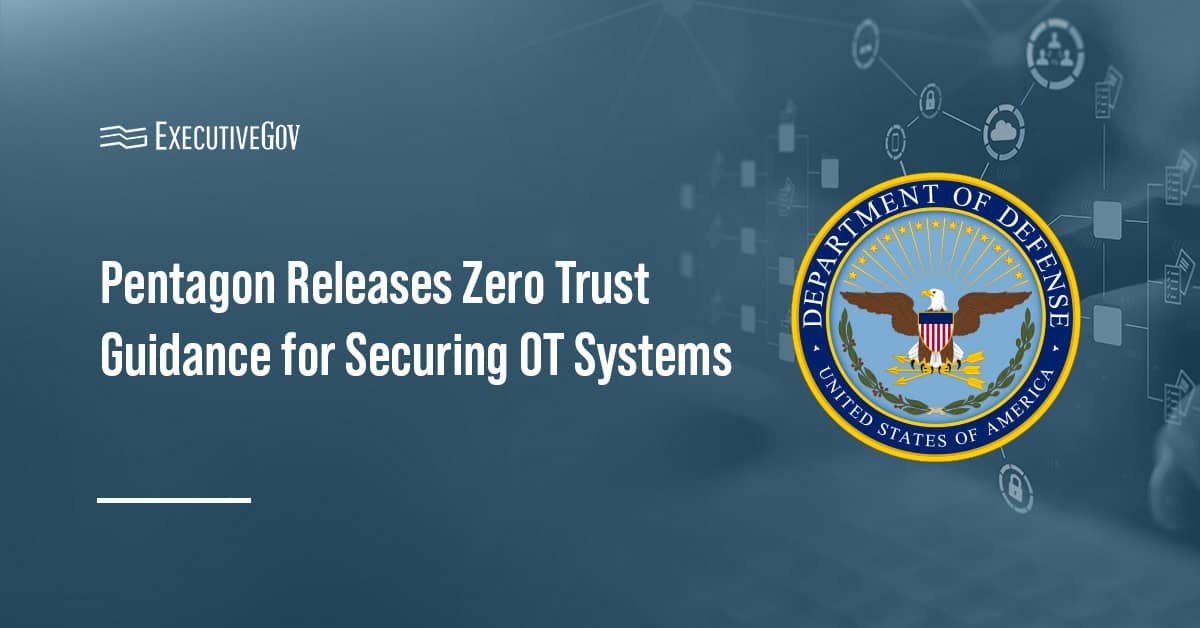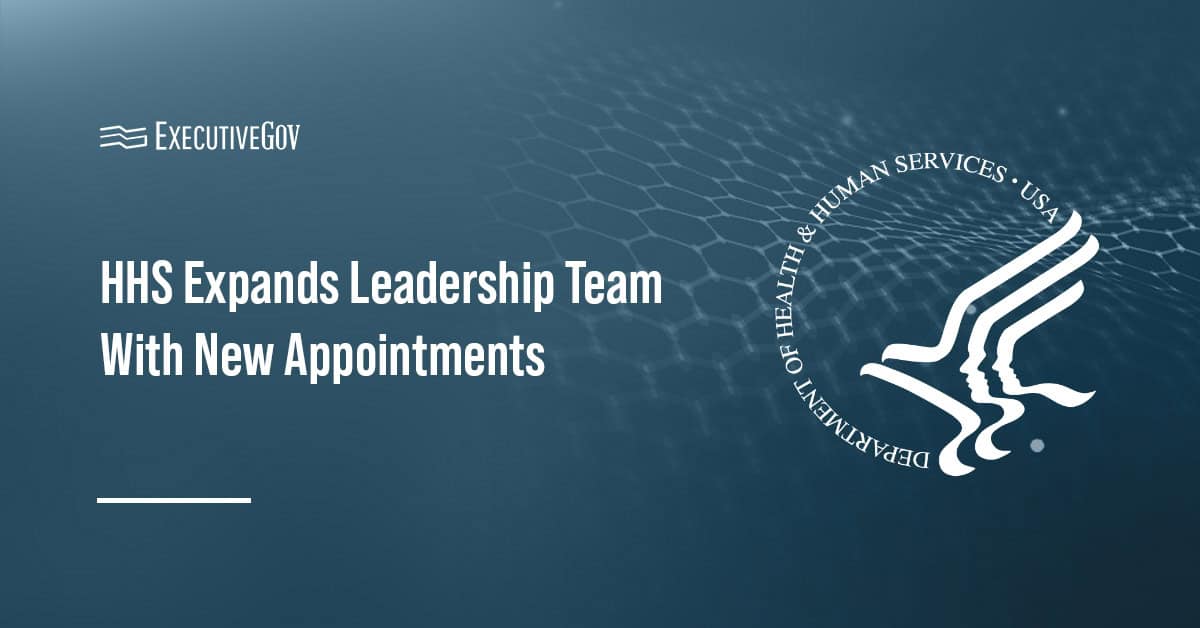
Maria Roat, Transportation Department chief technology officer, will join the Small Business Administration as chief information officer on Oct. 3, Nextgov reported Tuesday.
Roat led DoT’s adoption of cloud computing, data management and enterprise technology approaches to support the department’s operations and service delivery.
She is also a former director of the Federal Risk and Authorization Management Program.
Roat is also a veteran of roles at the Department of Homeland Security such as deputy CIO at the Federal Emergency Management Agency; chief of staff at DHS Headquarters’ Office of the CIO; and chief information security officer at the U.S. Citizenship and Immigration Service.





